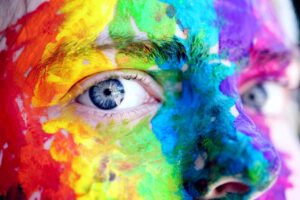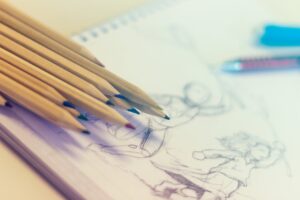
Importance of art in human history
The Dawn of Artistic Endeavor
Art is a crucial element of human history, serving as a mirror to the past, reflecting the thoughts, beliefs, and experiences of various cultures and civilizations. It transcends mere aesthetic appeal, embedding itself deeply into the fabric of human existence and offering invaluable insights into our collective experience. The importance of art in human history cannot be overstated, as it is not only a repository of our collective memory but also a testament to the ingenuity and creativity of the human spirit.
From the prehistoric cave paintings of Lascaux to the Renaissance masterpieces that adorned the churches and palaces of Europe, art has been an omnipresent force in human society. These works, of course, serve as visual delights as well as narrative tools that tell the stories of epochs, rulers, revolutions, and the daily lives of people. They capture the essence of the human experience, encapsulating moments of joy, despair, triumph, and tragedy.
1. Art in Ancient Civilizations
The earliest forms of art, such as the intricate cave paintings found in France and Spain, reveal much about the lives of our ancestors. These images, which date back to over 30,000 years ago, contain depictions of animals and human figures and are further a window into the minds of people who lived in a world so different from our own. Through these paintings, we glean insights into what was important to these ancient peoples, their beliefs, and their relationship with the natural world.
As societies evolved, so too did the function and style of art. The ancient Egyptians used art to document their beliefs in the afterlife, immortalizing their pharaohs and gods through monumental structures like the pyramids and intricate hieroglyphs that adorned the walls of their temples and tombs. In ancient Greece, art flourished, reflecting the society’s ideals of beauty, balance, and harmony. The Greeks were pioneers in using art to explore the human condition, celebrating human achievement and the physical form in their sculptures and architecture.
2. Renaissance Art
The Renaissance period marked a significant turning point in the history of art, emphasizing realism, perspective, and human emotion. Artists like Leonardo da Vinci and Michelangelo not only pushed the boundaries of artistic technique but also embodied the spirit of inquiry and innovation that characterized the era. Their works were groundbreaking expressions of beauty and intimations of the intellectual and cultural revival that was sweeping through Europe.
3. Art as a Medium for Social Commentary
Art has also been a powerful tool for social and political commentary throughout history. From Goya’s haunting depictions of the horrors of war to Picasso’s “Guernica,” artists have used their mediums to challenge, protest, and highlight injustices. In this way, art serves as a universal language, capable of conveying powerful messages and evoking strong emotional responses that transcend cultural and linguistic barriers.
4. Reflecting Contemporary Society through Art
In the modern era, art continues to evolve by reflecting and shaping contemporary society’s values and challenges. It is an active force, pushing the boundaries of creativity and expression. Through movements like modernism, postmodernism, and contemporary art, artists explore new mediums and techniques, addressing issues such as identity, globalization, and technology.
Conclusion: The Timeless Impact of Art on Human History
Art is an indispensable element marking the transformation of human history. It enriches our understanding of who we are and where we have come from. A record of human achievement, art inspires us, challenges us, and continues to be a vital force in shaping our future. As we look back on the vast panorama of art history, we are reminded of the power of human creativity and the unfading impression it leaves on the world.





